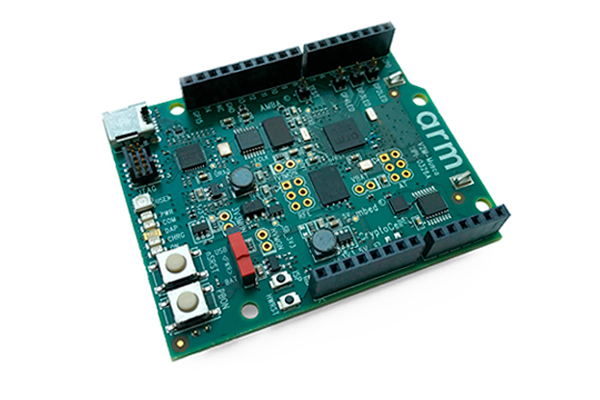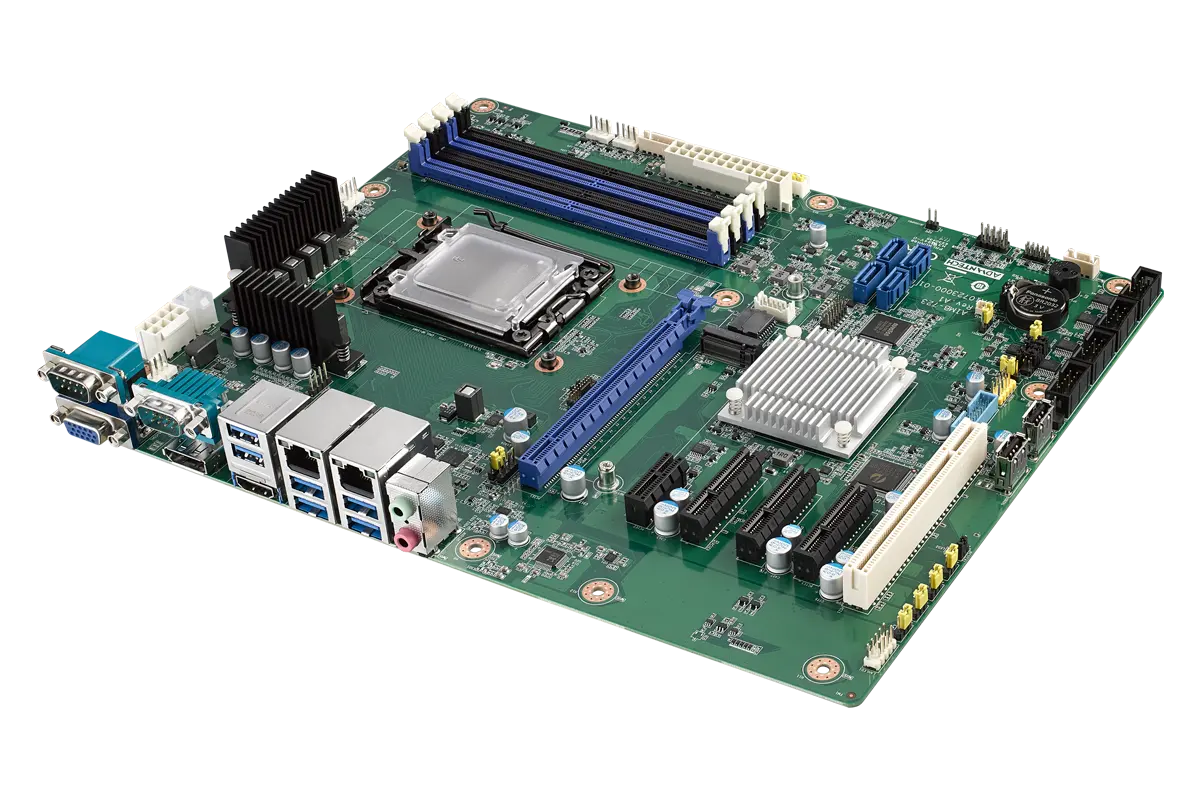
Throughout history, the processing arena has been influenced by two fundamental blueprints: the x86 and ARM schematics. Both structures offer individual merits, leading to a dynamic clash for sales leadership. While x86, the senior technology, has long held the crown in office and cloud processing arenas, ARM's growth has been truly remarkable.
The performance efficiency of ARM, coupled with its versatility, has made it a popular choice for wireless devices and embedded tools. However, ARM is now seeking to conquer new frontiers, including mobile workstations and backend facilities. The intent has sparked reactions from traditional x86 magnates, who are reacting by developing new technologies to maintain dominance.
- Major divergences in layouts influence operation speed, power consumption, and overall system design.
- The changing demands of users are driving the demand for more efficient computing solutions.
To sum up, the contest between ARM and x86 is continuously developing and flexible, with both platforms continuously evolving to meet the demands of a rapidly changing world. The outcome of this competition remains to be seen, but one thing is certain: the future of computing will be shaped by the innovations and advancements of these two titans.
x86 vs armSelecting ARM or x86 For Performance Comparison
Amidst the persistently mutating tech scene, selecting the most effective processing framework can be a complex assignment. Two titans dominate the market: ARM and x86. Both offer compelling features, but their performance behaviors diverge significantly. This comprehensive analysis delves into the foundations of each architecture, empowering you to make an informed choice.
- Throughput
- Energy Efficiency
- Price
Review of performance data will occur, real-world scenarios, and the advantages of each architecture, helping you establish which platform best suits your preferences.
Rationale for ARM Leading x86 in Embedded Applications
ARM processors are a dominant force in the embedded systems market. This ascendancy roots in many essential aspects. First, ARM's layout prioritizes minimal consumption, making it ideal for devices with limited power budgets. Second, the ARM ecosystem features an extensive and vibrant network of developers and hardware partners, providing ample support and progress. Finally, ARM's open-source approach enables tailoring for particular tasks, leading to a wide range of offerings. These factors have fused to demonstrate ARM as favored for countless embedded devices, from smartphones to smartwatches and even industrial equipment.
Premier x86 SBC Models for Intense Workloads
Selecting the perfect x86 SBC presents a challenging decision, especially when you're a skilled practitioner. You need a device that can withstand intensive tasks, offer durable efficiency, and provide a platform for advanced tasks.
- Diverse criteria guide the prime SBC decision, including processing power, RAM capacity, storage options, connectivity features, and community support.
- For genuine experienced personnel, a board with a potent CPU resembling Intel i5 or Ryzen 5 is essential.
- Complemented by large RAM and speedy storage necessity for smooth and efficient operation.
Skip underspecified SBC options; invest in a platform that can thoroughly aid your pursuits.
Unlocking the Potential of x86 Single Board Computers
Surveying cost-efficient x86 SBC hardware reveals expansive possibilities. These versatile systems deliver diverse capabilities to enthusiasts. From building intelligent habitats to development frameworks, x86 SBCs provide a multi-purpose, low-cost platform for research. This guide will enable mastery over the growing field of x86 SBCs, bringing to light qualities of these exceptional components.
- Uncover the evolution of x86 SBCs shaping the digital framework.
- Contrast widely used x86 SBC platforms by performance and application demographics.
- Fathom primary parts comprising x86 SBC configurations.
- Investigate application stacks and OS platforms supporting x86 SBCs.
- Present original deployments of x86 SBCs throughout different areas.
The Rise of ARM in Desktop Computing
Though traditionally known for its dominance in mobile devices, ARM architecture is steadily making inroads inside personal computer environments. Several factors contribute to this movement, including the increasing demand for energy-efficient computing and the growing popularity of cloud-based applications. Firms like Apple adopt ARM designs for notebook devices, demonstrating the potential for high performance. This trend is further fueled by the development of new platforms specifically tailored for desktop workloads. As these innovations mature and become more widely available, we can expect to see ARM's presence grow considerably over the coming years in the desktop market.
x86 vs ARM What Architecture Suits Your Needs
Selecting hardware, two key processing patterns dominate: x86 and ARM. Both offer distinct features, making the decision a matter of tailoring your needs with the right platform.
Time-honored x86 version is valued for steadfast processing and a plentiful software pool It governs in desktops, laptops, and workstations, particularly for demanding tasks like gaming or video modification. ARM, on the other hand, underscores energy efficiency and a compact design. This produces it ideal for mobile devices, embedded systems, and increasingly, online service centers.
- Think about your main application reason: Are you a enthusiast? Do you need raw power or streamlined energy consumption?
- Survey supported applications for each system. Not all applications are available on both platforms.
- Factor in the cost and availability of devices based on your chosen architecture.
Tiny yet Powerful Leading ARM SBC Options
SBC environment exploded recently, dominated by ARM solutions for capability and low consumption. These compact platforms pack a surprising punch, offering incredible capabilities within a diminutive footprint. For hobbyists, makers, and even professionals, ARM-based SBCs provide a affordable platform for everything from learning about electronics to building fully functional applications. Whether you're looking for a budget-friendly option or a high-performance powerhouse, there's an ARM-based SBC out there to meet your needs.
- Investigate notable participants throughout this prosperous market!
Analyzing ARM and x86 Computation Tests
Matching ARM to senior x86 designs across evaluations reveals noteworthy results. While x86 has traditionally excelled in operational force, particularly for demanding applications, ARM devices rapidly catch up over time, especially in areas like mobile performance and energy efficiency. The recent surge in popularity of ARM-based cores used in notebook and desktop systems further fuels this competition. It's important to note that benchmark results can be influenced by a myriad of factors, including the specific version under review, task demands, and operating platform. Therefore, it's crucial to analyze scores holistically rather than only values.
Is ARM Replacing x86 as the Standard Architecture
The computing landscape is constantly shifting, and one of the most absorbing progressions show ARM's broad adoption. While x86 has long controlled the market, ARM's operational thrift gains accelerated popularity. This has led to debate that ARM conceivably outmatch x86 as the principal architecture.
- Numerous causes drive this trend: ARM's eco-friendly design benefits mobile appliances, ultramobile computers, and cloud hosts.
- Also, ARM's approachable licensing schema fosters progress within networks, crafting various forms of ARM-powered circuits.
However it is important to recognize that x86 still holds a strong position. Large corporations allocate substantial resources towards x86 technology, and current deployments will keep working for a long time.
Therefore the future is unpredictable concerning ARM's total dominance over x86. The digital world is expected to integrate both platforms harmoniously, with each playing its part in different market segments.
Vision of ARM and x86 Fusion in Processing Power
The landscape of computing is rapidly evolving. Once distinct architectures, ARM and x86 are now on a collision course, converging to reshape the future of processing power. This convergence introduces transformative possibilities for developers and consumers alike. ARM's energy efficiency and compact design have made it the dominant force in mobile devices, while x86 has long reigned supreme in desktops and servers. However, the lines are blurring, driven by factors such as the increasing demand for mobile computing and the rise of cloud services.
- Such fusion may generate assorted computing solutions, powered by hybrid architectures that deploy features of ARM and x86 combined. This could result in higher-performing mobile gadgets with enhanced energy storage alongside economical servers.
- Also creators benefit from increased system varieties, enabling them to create innovative applications that explore new frontiers. The future of computing raises hopeful expectations, with ARM and x86 convergence playing a pivotal role in shaping the next generation of technology.
